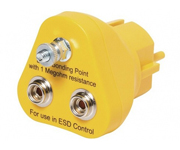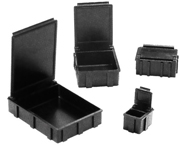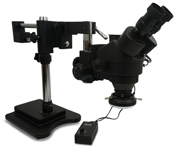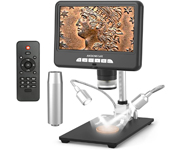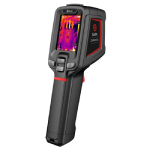True-RMS is a feature that many offer, but what is true-RMS really and what good is it?
What is RMS?
Before we go into true-RMS, we need to know what RMS (Root Mean Square) is. The RMS value of a current is the effective heating value of the current. The RMS value corresponds to the direct current value that dissipates the same amount of power in a resistor.
Example. A 2.0 A DC current through a 1 Ω resistor dissipates 2.02A x 1 Ω = 4 Watt. Each RMS current of 2.0 A will therefore dissipate 4 Watt in a 1 Ω resistor, regardless of the waveform. When the RMS values of a sinusoidal and a blockoidal current are the same, they will both dissipate equally in a resistor.
Average responding
A simple implementation of a RMS current measurement is the average responding method. This method works by directing the AC voltage, determining its average value and multiplying this value by a factor of 1.1. For perfectly sinusoidal signals, this method works well. However, this method does not work well for signals with different waveforms. This is because the factor 1.1 only applies to signals with a perfect sinusoidal shape. For signals with a different shape, the measurement result will differ from the actual RMS value. With a square wave the deviation is about 10%, the deviation for very strange waveforms can be up to 50%.
True-RMS
Unlike an average responding multimeter, a true-RMS meter will always measure the RMS value of the current, even if the waveform deviates from the perfect sine wave. The multimeter has a special piece of electronics for this purpose.
But even true-RMS meters have some limitations. A multimeter can measure true-RMS signals up to a certain bandwidth. For signals with a higher frequency, the measurement result will deviate from the actual value.
Besides the bandwidth, the Crest factor is also important. The Crest factor indicates how distorted a signal is and can be calculated by dividing the peak value of a signal by the RMS value. A signal with short high peaks will therefore have a high Crest factor. In practice, a Crest factor of 3 is sufficient for most measurements.
Is true-RMS needed?
Or that you need a true-RMS multimeter, it's best to decide for yourself. How often do you measure currents and how often are these currents not sinusoidal? For someone who develops efficient power supplies this is different than for someone who installs electricity.










